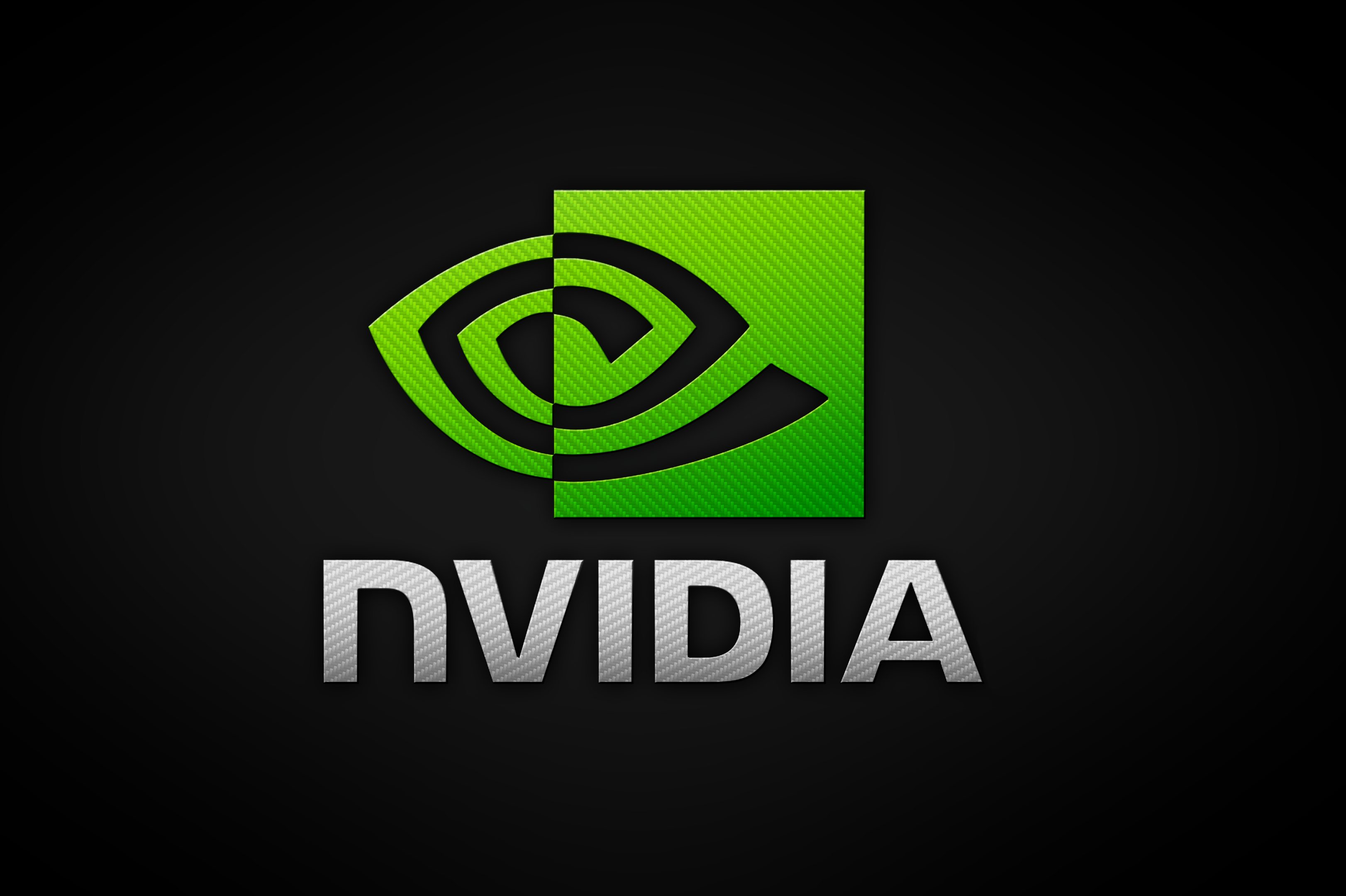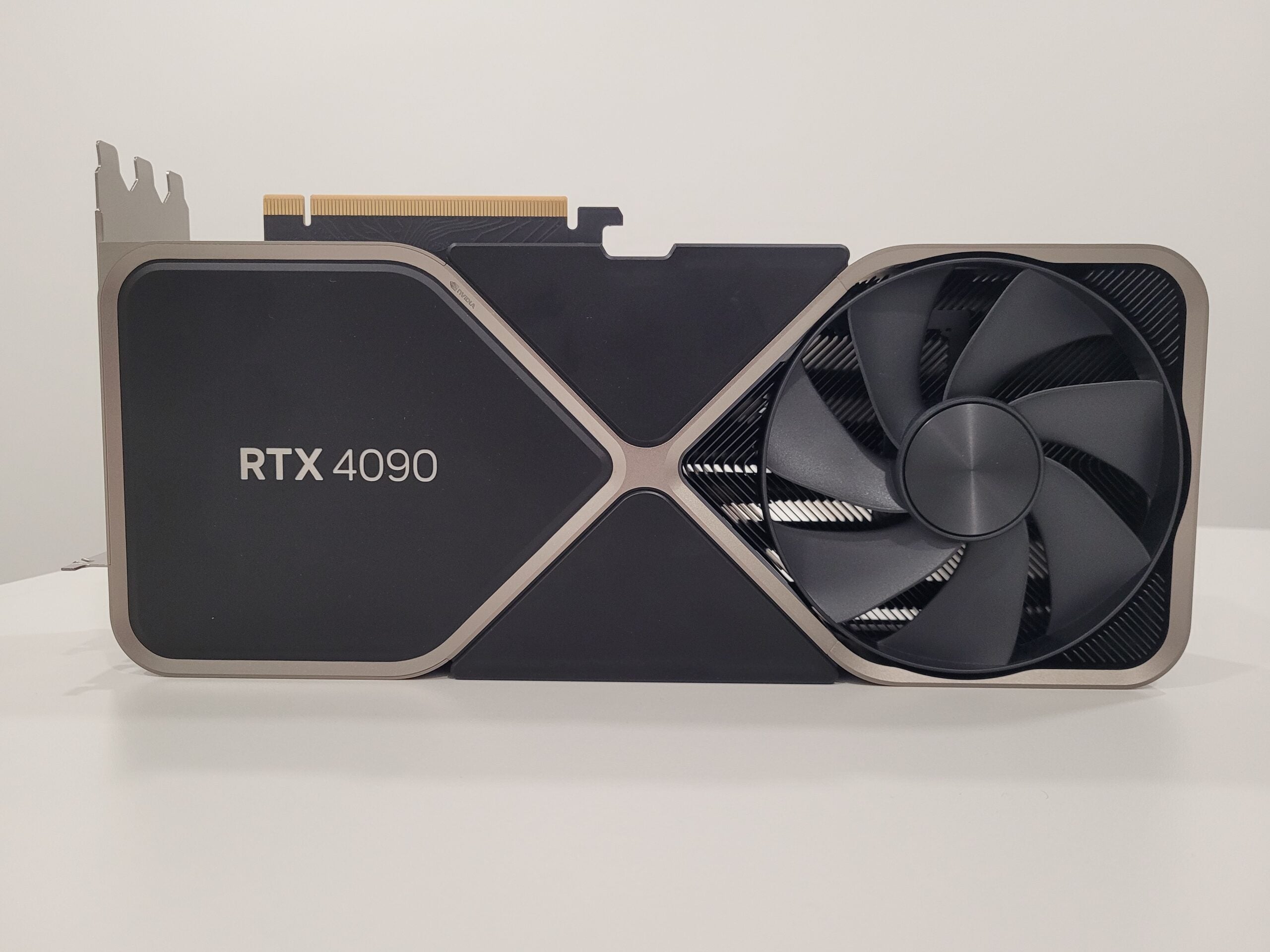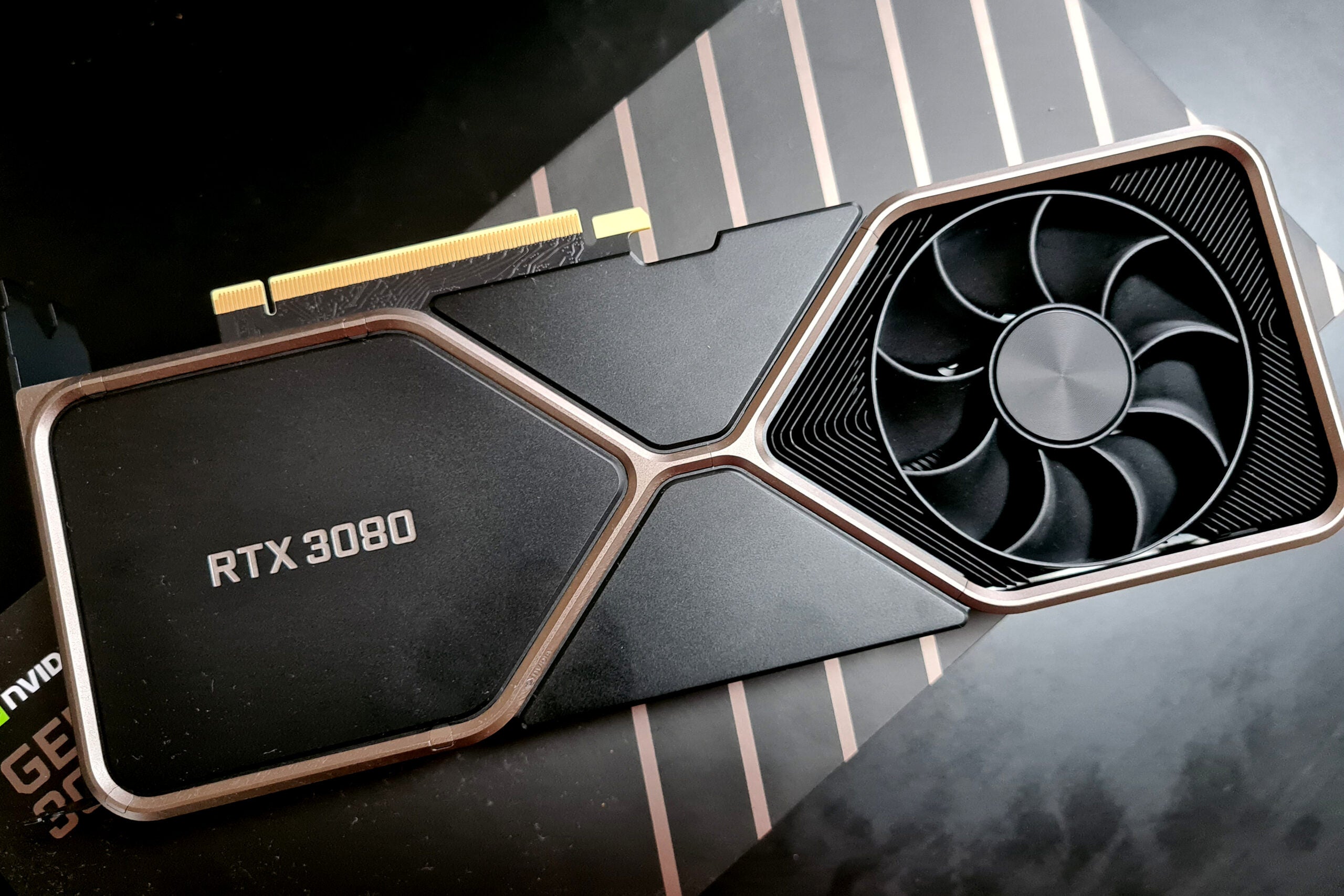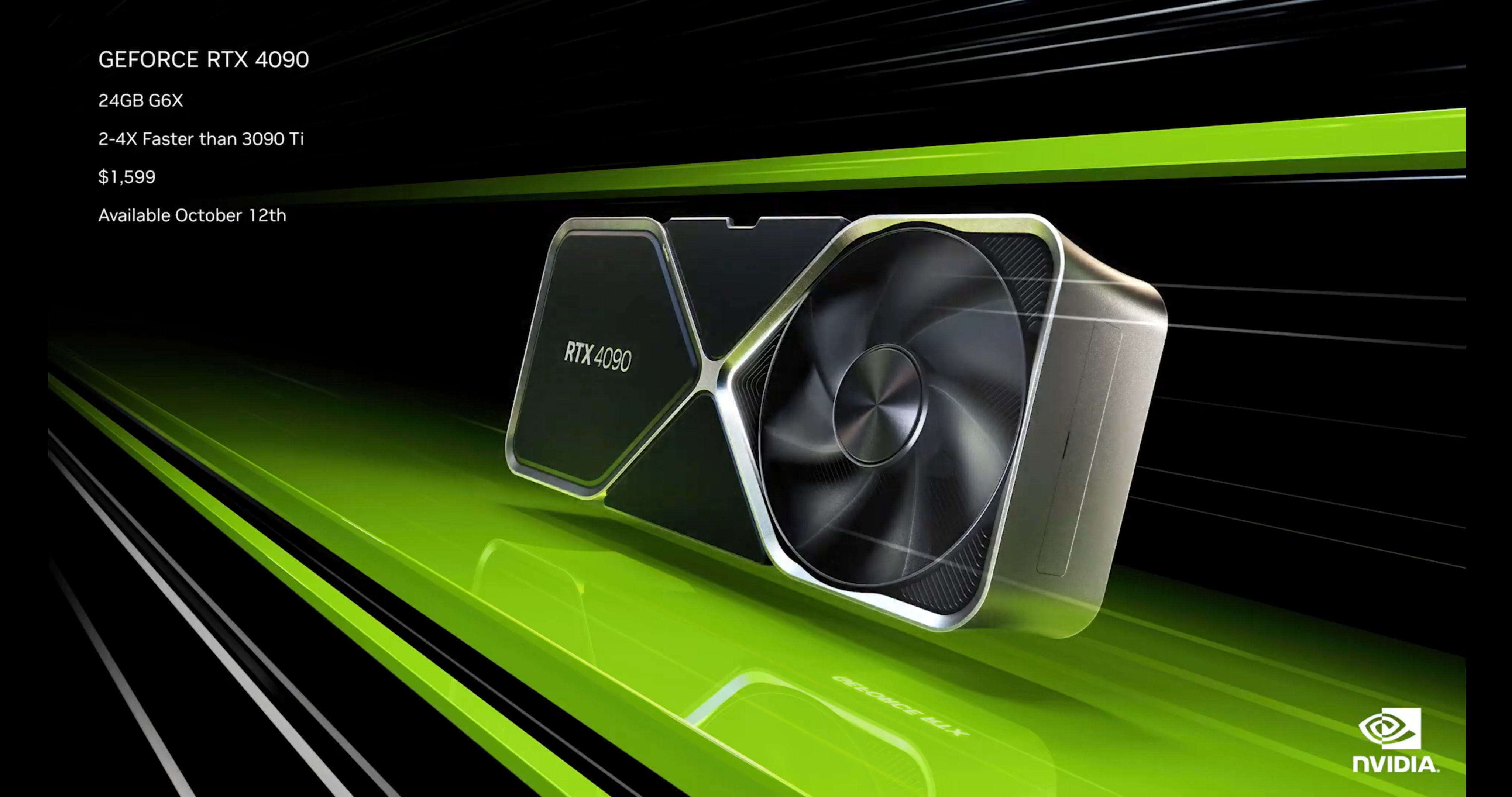Lower power consumption is a massive win for the Nvidia RTX 4080
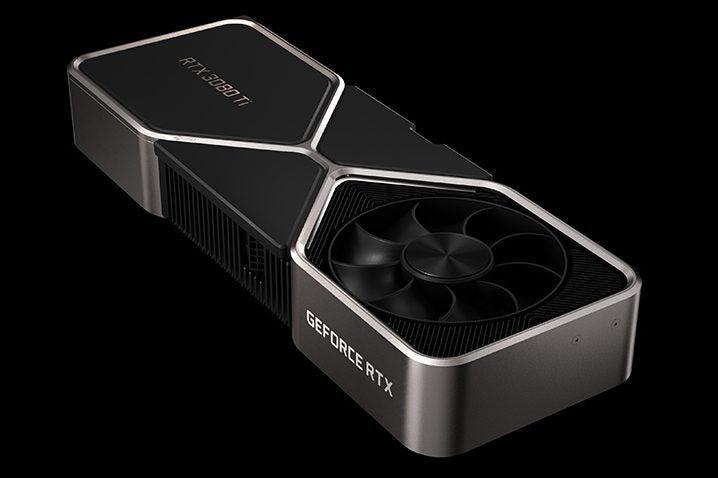
OPINION: A wise man once said “with great power comes more expensive energy bills”, but that’s the consequence you have to accept when upgrading your graphics card.
It’s widely accepted that more powerful components will consume more power, and Nvidia’s track record with graphics cards showed exactly that.
The Nvidia RTX 2080 has a 225W graphics card power, with Nvidia recommending a 650W minimum system power. The succeeding RTX 3080 (12GB) card saw the graphics card power jump to 350W, with a recommended system power of a whopping 750W.
As a result, it wasn’t a surprise to see many reports suggesting Nvidia would scale up the power consumption even further for the upcoming RTX 4000 Series. This was particularly worrying considering rising energy costs are currently landing countless people in debt.
But to my amazement, Nvidia has somehow managed to decrease the power consumption for the Nvidia RTX 4080 compared to the preceding generation.
| Nvidia RTX 3080 | Nvidia RTX 4080 | |
| Graphics Card Power | From 320W | From 285W |
| Required System Power | 750W | From 700W |
The RTX 4080 (16GB) only has a graphics card power of 320W, and a recommended system power of 750W. Meanwhile, the RTX 4080 (12GB) flaunts a low graphics card power of 285W, taking the recommended system power down to 700W.
Sure, we’re talking about slim margins here, which probably won’t have a huge difference on your energy bill, but it’s still a fantastic step in the right direction. I’m pleased to see Nvidia attempting to make its components more power efficient rather than just scaling up performance at the expense of everything else.
It’s an incredibly impressive achievement when you consider that Nvidia hasn’t held back on the performance upgrades. The Nvidia RTX 4080 is apparently 2-4x faster than an RTX 3080 Ti. That’s no shock since the new GPU is packing so many CUDA Cores, faster clock speeds and more memory than its predecessor. But the fact Nvidia has been able to do all this while also cutting down on power consumption is unbelievable.
Nvidia didn’t highlight this power efficiency improvement in the keynote showcase, instead boasting about enhancements made to the likes of ray tracing and DLSS. I can understand this tactic, as power efficiency simply isn’t as interesting to the average gamer as breakthrough advancements in artificial intelligence and light-rendering techniques.
But that doesn’t make power efficiency any less important. It’s not only handy for helping to save on your energy bills and preventing the need to upgrade your PSU, but it’s also great for the environment by slightly lowering the demand for fossil fuels.
However, for all the plaudits I give to Nvidia for the RTX 4080, I should also point out that there’s still one bad apple in the RTX 4000 Series family. The Nvidia RTX 4090 didn’t subvert expectations like its smaller sibling, instead seeing a stonking 450W graphics card power and a recommended system power of 850W – that’s a 100W increase on the RTX 3090.
So Nvidia still has a long way to go if it wants to win over the approval of energy bill expert Martin Lewis or eco-warrior Greta Thunberg. But I hope the RTX 4090 is the exception to the rule, and that Nvidia continues its attempts to drive down power consumption with the remainder of the 4000-Series family.
With our day-to-day power consumption becoming more and more of a hot topic, there’s no better time for Nvidia to show off the advancements it’s made to GPU power efficiency. It may not wow the crowd like ray racing effects in Cyberpunk 2077, but I’m sure it will still be an important consideration when gamers look to upgrade their gaming PC this winter.



